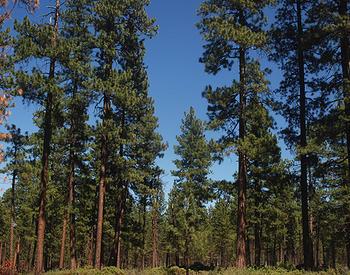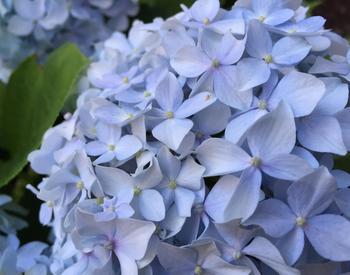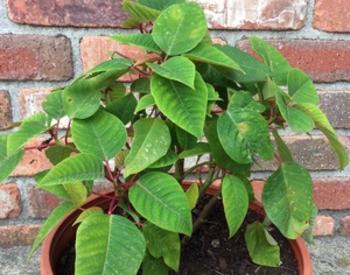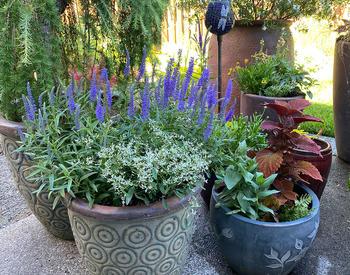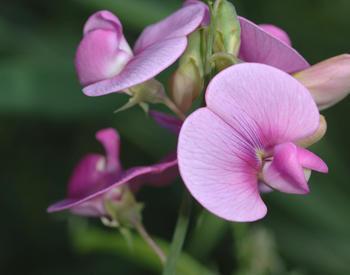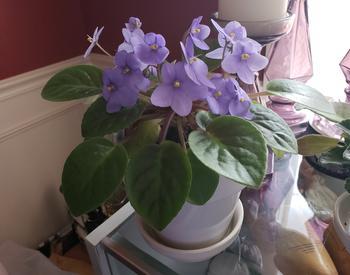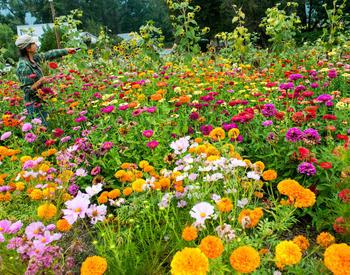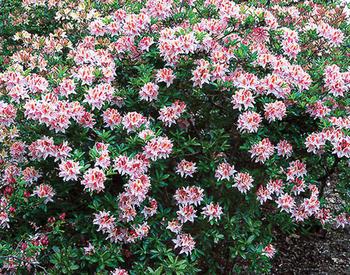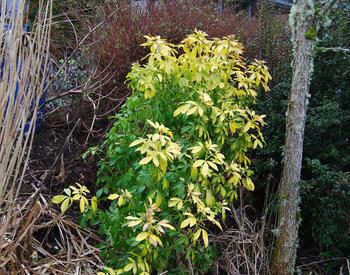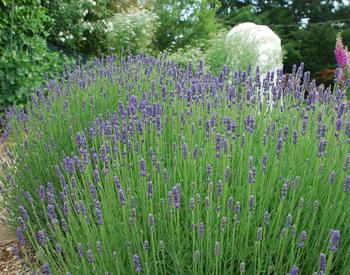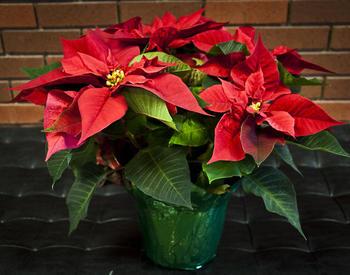There are several willow species native to the Rogue Valley. Coyote and red willow are two of the most common. Coyote willow is a large broadleaf shrub, while red willow grows to tree size.
Willows are very well suited for streamside plantings because they root easily from cuttings, grow rapidly, develop dense root systems, and are very tolerant of flooding. They are not tolerant of shade or drought, however. Cuttings must be planted deep enough to access the mid-summer water table or survival will be poor.
Planting
Most often planted as cutting, though container seedlings may be available.
Natural Regeneration
Both species re-sprout from the base of the plant (the root crown) after cutting or breakage. Broken branch fragments can root when deposited on exposed, wet soils.
Red willow regenerates primarily from thousands of tiny, windblown seeds.
Coyote willow produces sucker shoots from roots, and roots from buried stems. In this manner a single plant can spread and colonize a large area.
- Streamside Planting Zone: 1-2
- Tolerance to flooding: HIGH
- Tolerance to shade: LOW
- Tolerance to drought: LOW
